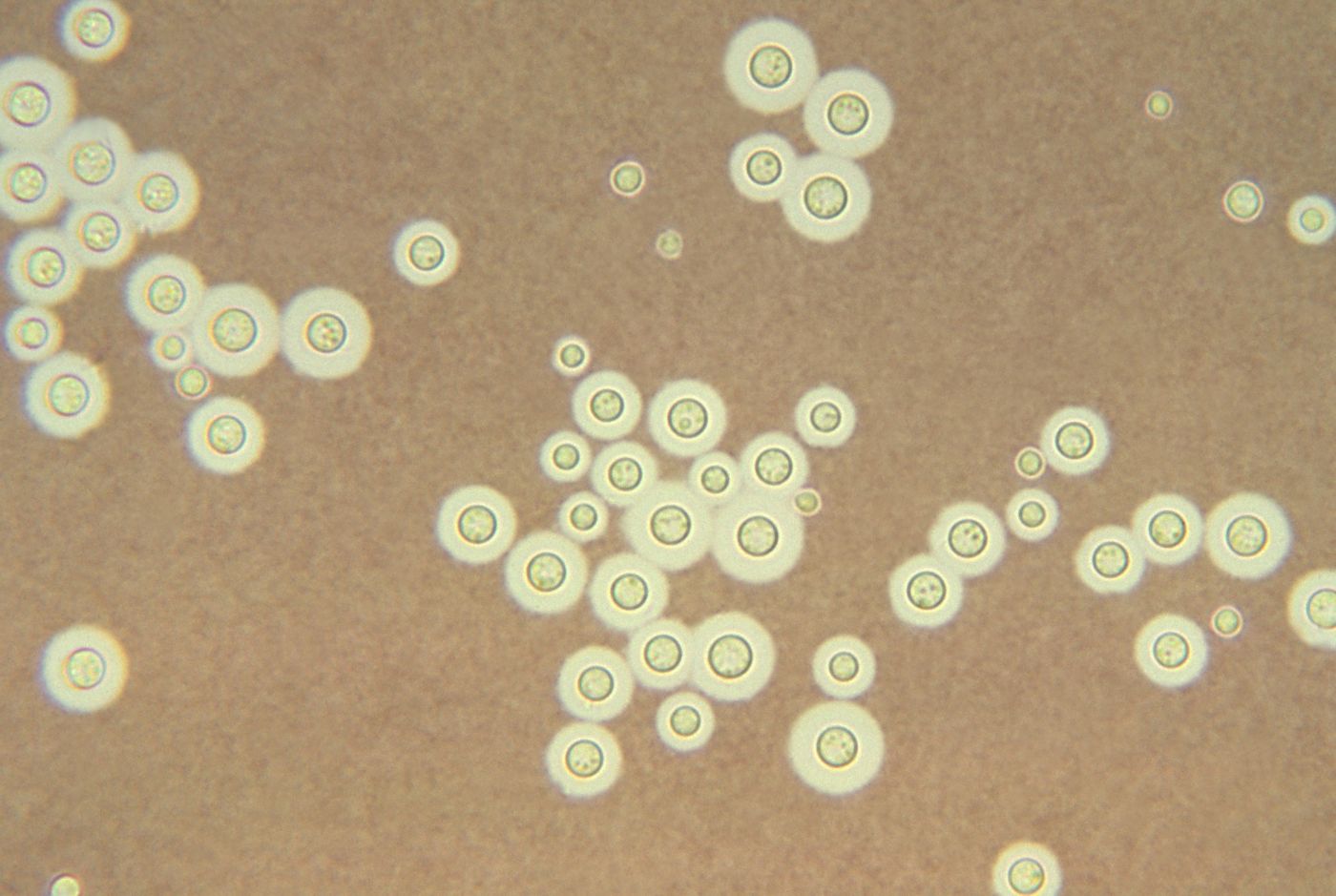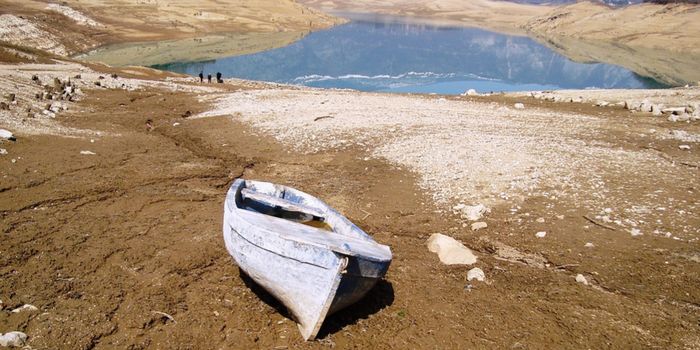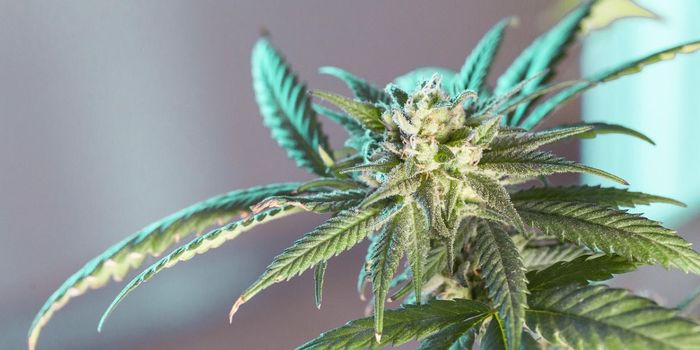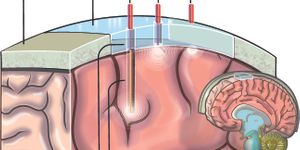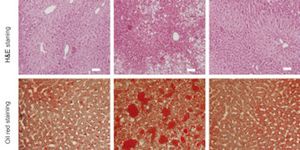SpaceX Sent Chernobyl-Based Fungi to the ISS for Testing
NASA is about to have the opportunity to test something very interesting in space.
SpaceX sent a resupply capsule to the International Space Station at the beginning of the week, following a separate resupply capsule that blasted off from Kazakhstan over the weekend with additional supplies.
The resupply mission carried up to 5,000 pounds of experiments and other dry supplies that the space crew needs to survive, and it would appear that one of the things astronauts are getting as a part of a new experiment are radiation-loving fungi that have been sourced directly from Chernobyl.
For those unaware, Chernobyl is the site of an infamous nuclear power plant meltdown that occurred in 1986. The catastrophe led to the escape of radioactive materials into nature, and has had a lot of long-term effects on the ecology of the region.
Nevertheless, several species of fungi tend to thrive in the area because they actually feed off of the radiation. Now, NASA wants to know how this fungi fares in outer space, where radiation levels are higher than the typical place on Earth. Still, it’s less than Chernobyl, where the meltdown occurred.
NASA is hoping that experimenting with the eight species of radiation-hungry fungi will someday help in developing technology that could help keep astronauts safe from radiation in future deep space missions. These might include trips to Mars in decades to come.
Additionally, scientists are very interested to see what kinds of compounds that the microorganisms produce in space as a result of being struck by the radiation in microgravitational conditions.
This wouldn’t be the first time NASA has played with microbes in space. Earlier this year, microbes that were a part of a space experiment came back to Earth, having landed in a capsule in the Pacific Ocean, for observation.
Scientists found that the effects of microgravity may have actually enabled these specimens to produce different compounds, and that’s why there’s so much excitement in sending these new species of fungi into space, especially since they thrive in radioactive environments.
Will they be of use? We’ll just have to see…
Source: Popular Science
